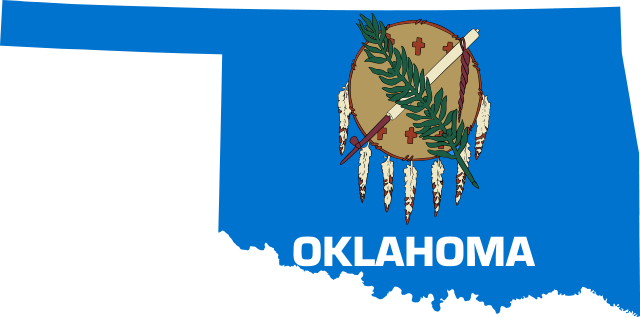Four years ago, Oklahoma’s state-level pension systems were collectively 58 percent funded. Now, their aggregate funding ratio stands at 74.4 percent, and unfunded liabilities have declined by $6.5 billion.
Pension officials reported the figures to state lawmakers on Wednesday during a House hearing.
More details from the Associated Press:
The improvements reflect the impact of legislation approved by lawmakers in recent years designed to improve the financial health of the systems, including bills passed in 2011 that increased the retirement age of some state employees and required that any retiree cost-of-living raises be fully funded, said state Rep. Randy McDaniel, R-Edmond, author of many pension overhaul bills.
“We’ve been monitoring this for several years,” McDaniel told members of the House Economic Development and Financial Services Committee. “I’m very proud of what Oklahoma has done.”
McDaniel, chairman of the committee, made the comments after officials from the Oklahoma Teachers Retirement System, the Oklahoma Public Employees Retirement System and other major retirement systems outlined their financial conditions.
In 2010, the state pension systems’ unfunded liability — the amount owed to pensioners beyond what the system can afford to pay — was more than $16 billion. The Teacher’s Retirement System was only 48 percent funded and had a $10.4 billion unfunded liability, and the Public Employees Retirement System was 66 percent funded and had $3.3 billion in unfunded liability.
At the time, officials said the pension systems threatened to place financial burdens on the state’s ability to finance road and bridge construction and other capital projects.
“The status quo was not sustainable,” McDaniel said. “Reforms were needed to ensure strength and security.”
Oklahoma’s most aggressive pension changes will be implemented next year, when new hires will be enrolled in a 401(k)-style plan instead of a defined-benefit plan.
A group of public employees are suing the state over the changes.

